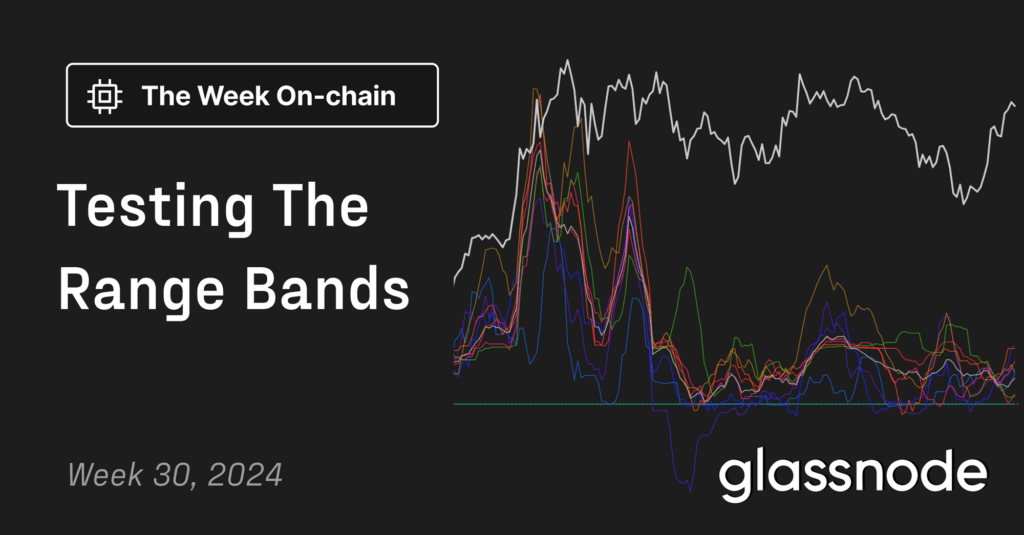Research Summary
The report discusses the current state and challenges of the Layer 2 (L2) ecosystem in the crypto space. It highlights the issues faced by crypto studios, the competition from an investor’s perspective, and the challenges in L2 ecosystem growth. The report also suggests potential solutions to break the deadlock, emphasizing the importance of collaboration and ecosystem development. It concludes with the ultimate goal of a diverse ecosystem and the growth of Layer 3 and application chains.
Key Takeaways
Current State of L2 Ecosystem
- Decreased Enthusiasm: Crypto studios have become less enthusiastic about creating transactions on new L2 solutions due to previous investments in zkSync and Linea that did not yield expected returns.
- Sluggish Growth: The trading volume and total value locked (TVL) on several major zkEVMs have not met the expected growth due to the fading involvement of studios and speculators.
Investor’s Perspective on L2 Competition
- Investment Logic: Investors believe that L2 teams, with ample capital support, will engage in multi-dimensional ecosystem competition and encourage diverse applications within the ecosystem to flourish.
- Focus on Technical Aspects: Most L2 arms races have not focused on ecosystem development but have instead allocated significant funds to recruiting high-priced ZK and technical experts.
Challenges in L2 Ecosystem Growth
- Fragmented Landscape: Every L2 wants to have exclusive applications, leading to a fragmented landscape. This makes it challenging for applications to gain support from other L2s and to migrate to other L2 chains.
- Overinvestment in Low-Level Technical Aspects: If the arms race continues to overly invest and duplicate efforts in low-level technical aspects, a thriving ecosystem may not emerge.
Solutions to Break the Deadlock
- Ecosystem Development Responsibilities: Unicorn companies with valuations exceeding one billion dollars should take on the responsibility of ecosystem development. They can attract developers from within the ecosystem based on network effects and incentivize more diverse innovations and contributions through protocol tokens.
- Emphasizing Collaboration: L2 competition should emphasize cooperation, combining more financial resources on groundbreaking applications. Each platform should strive to support applications like GMX/Friend.tech.
Ultimate Goal of a Diverse Ecosystem
- Growth of L3 and Application Chains: The industry should support projects that provide value to other projects, cultivating the open-source community, improving developer experiences, enhancing application frontends, and investing in developer education and training.
Actionable Insights
- Reconsider Investment Strategies: Investors should reconsider their strategies, focusing not only on technical aspects but also on ecosystem development. This could involve supporting diverse applications within the ecosystem and encouraging innovation.
- Encourage Collaboration: L2 projects should encourage collaboration rather than competition. This could involve combining financial resources on groundbreaking applications and supporting applications like GMX/Friend.tech.
- Support Open-Source Community: The industry should support projects that provide value to other projects, cultivating the open-source community, improving developer experiences, enhancing application frontends, and investing in developer education and training.











